Description
Materials are grouped into four classes: Metals, Ceramics, Polymers and Composites, and each are examined in turn. The chapters are arranged in groups, with a group of chapters to describe each of the four classes of materials. Each group first of all introduces the major families of materials that go to make up each materials class. The main microstructural features of the class are then outlined and the reader is shown how to process or treat them to get the structures (properties) that are wanted. Each group of chapters is illustrated by Case Studies designed to help the reader understand the basic material.
This book has been written as a second level course for engineering students. It provides a concise introduction to the microstructures and processing of materials and shows how these are related to the properties required in engineering design.
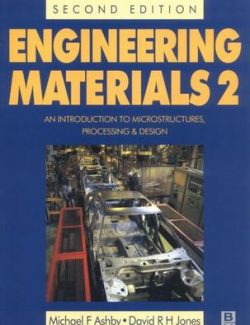
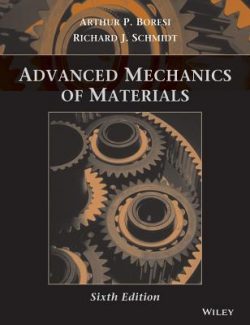


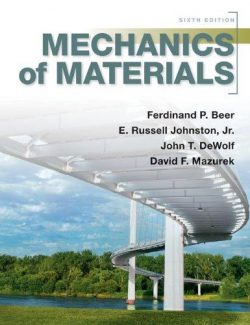


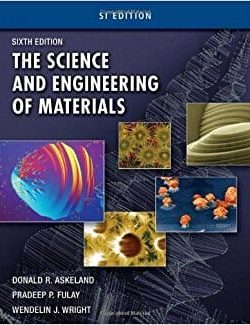
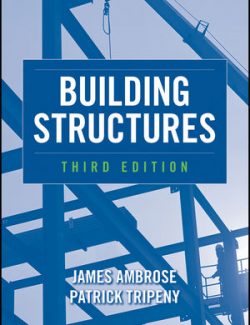
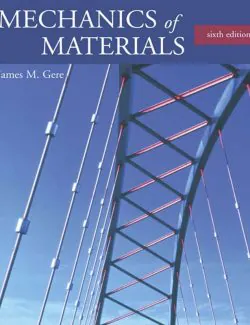
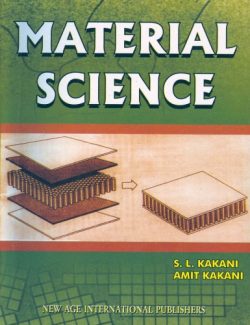

Leave us a comment
No Comments